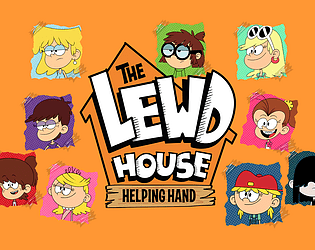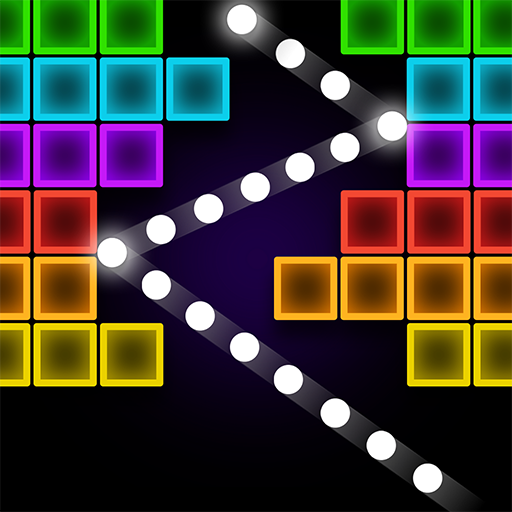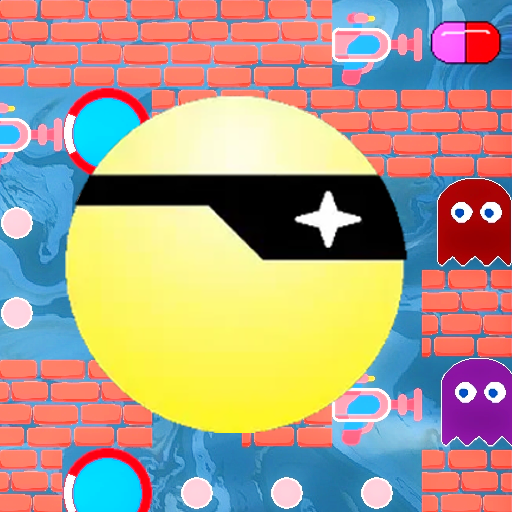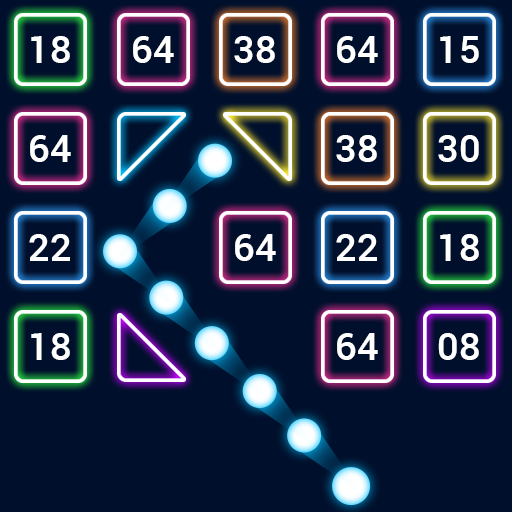"Blades of Fire: Unveiling the First Look"
When I sat down to play developer MercurySteam's latest project, Blades of Fire, I expected a return to the studio's roots with the Castlevania: Lords of Shadow series, but updated with the modern stylings of God of War. An hour in, it felt like I was playing a Soulslike, albeit one where the stats were embedded in the weapons rather than an RPG character sheet. By the end of my three-hour hands-on session, I realized that Blades of Fire is both a nod to its inspirations and a departure from them, creating a fresh take on the action-adventure genre through a unique blend of borrowed elements and new ideas.
At first glance, Blades of Fire might seem like a clone of Sony Santa Monica's God of War, given its dark fantasy setting, heavy-hitting combat, and close third-person camera. Yet, it's not a direct copy. The demo's opening hours had me navigating a twisting, treasure-laden map alongside a young companion, solving puzzles and seeking a woman of the wilds living in a house atop a giant creature. The game's many nods to FromSoftware's library, including anvil-shaped checkpoints that replenish health potions and respawn enemies, add a familiar yet distinct flavor.
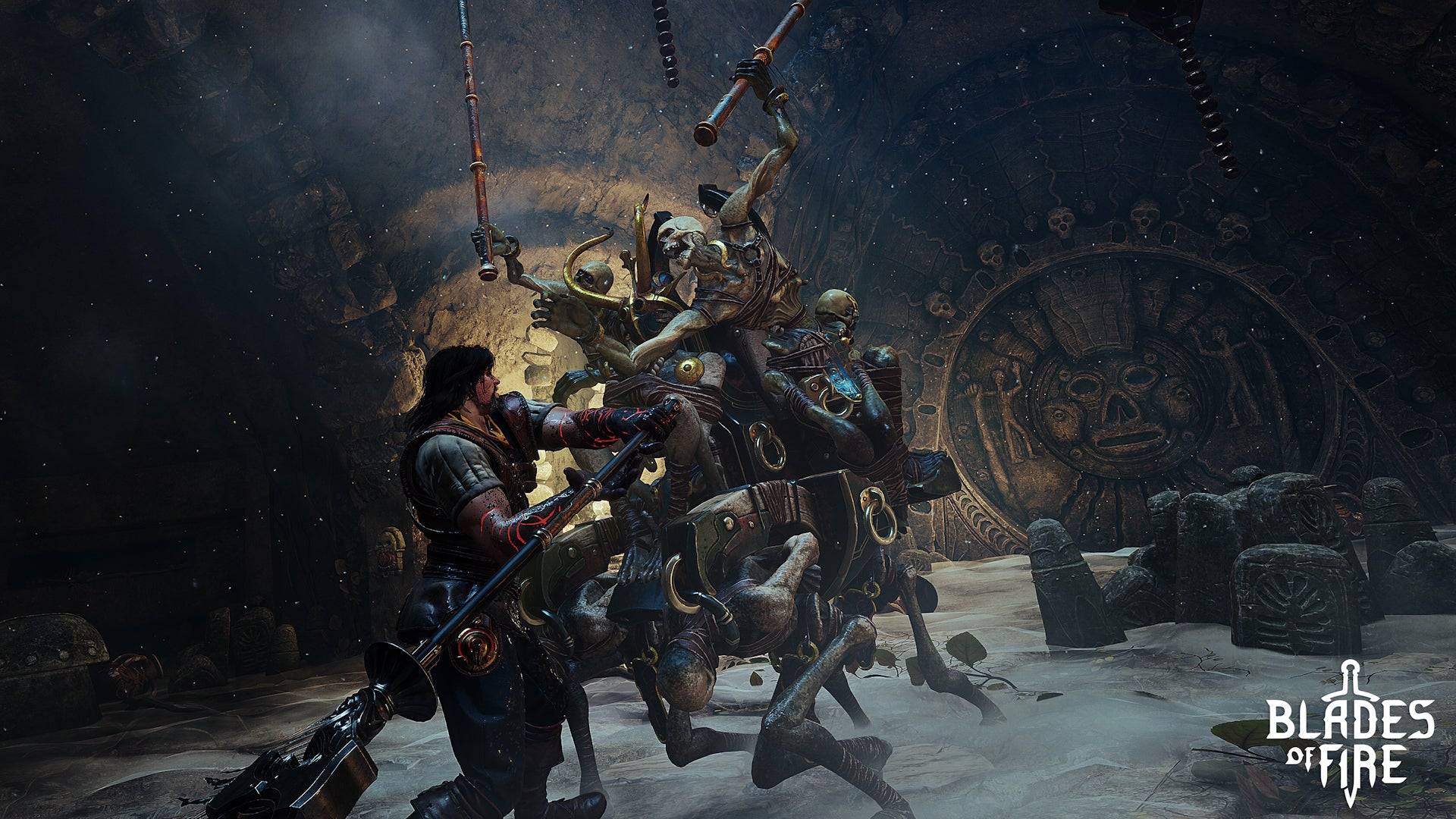
The game's strongest suit lies in its mechanics, particularly its combat system, which hinges on directional attacks mapped to every face button on the controller. On a PlayStation pad, for instance, triangle targets the head, cross the torso, while square and circle swipe left and right. This system requires you to read an enemy's stance carefully to break through their defenses, resulting in satisfyingly visceral combat where blood trails vividly illustrate your strikes.
The demo's first major boss, a troll, showcased the combat system's depth. Its second health bar could only be damaged after dismembering it, with the limb removed depending on your attack angle. A well-placed right-hand strike could disarm the troll by severing its left arm, or you could even slice off its face, blinding it momentarily.
Your weapons in Blades of Fire demand meticulous attention. They dull with use, requiring sharpening stones or stance changes to maintain effectiveness. Each weapon's durability depletes over time, necessitating repairs at anvil checkpoints or melting them down for new creations. This leads to the game's most distinctive feature: the forge.
MercurySteam's weapon crafting system is extensive. You start by sketching a basic weapon template on a chalkboard, then tweak and modify elements like the length of a spear's pole or the shape of its head, which directly impact stats and stamina demands. After designing your weapon, you physically hammer the metal on an anvil in a minigame that challenges you to match a curved line with vertical bars. Overworking the steel results in a weaker weapon, but mastering the minigame earns stars, allowing more repairs before the weapon breaks permanently.
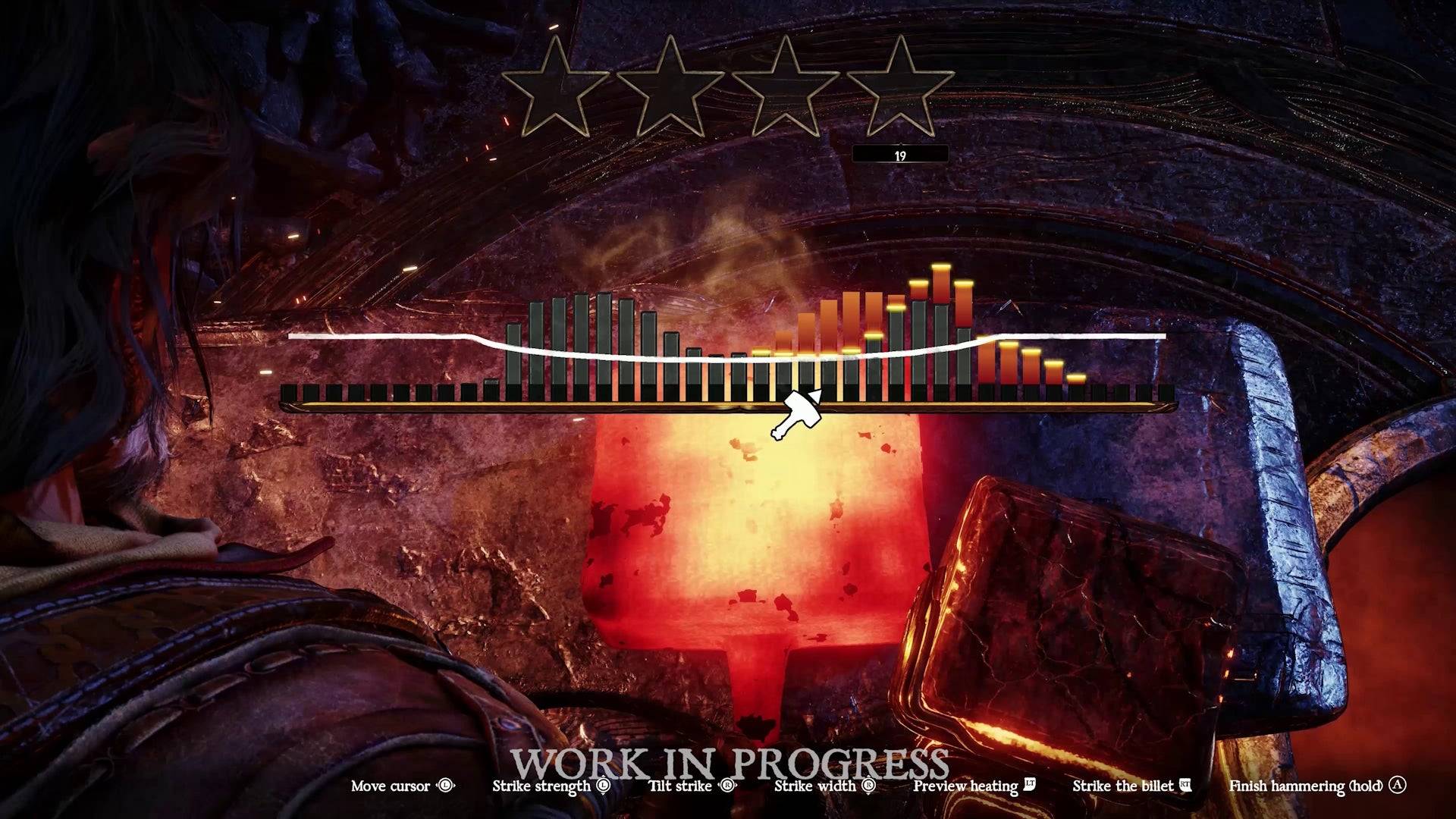
MercurySteam envisions Blades of Fire as a 60-70 hour journey, where you forge deep connections with your weapons. As you explore and find new metals, you can reforge your swords, axes, hammers, and spears, adapting them to new challenges. The death system emphasizes this bond: upon defeat, you drop your weapon, which remains in the world until you recover it, potentially hours later.
It's clear that MercurySteam drew inspiration from Dark Souls and its successors, influenced by FromSoftware's impact on action games. Blades of Fire also serves as a spiritual successor to Blade of Darkness, a game developed by MercurySteam's founders, which shares DNA with the Souls series. However, Blades of Fire transcends its influences by reinterpreting these established systems into a new, cohesive experience.
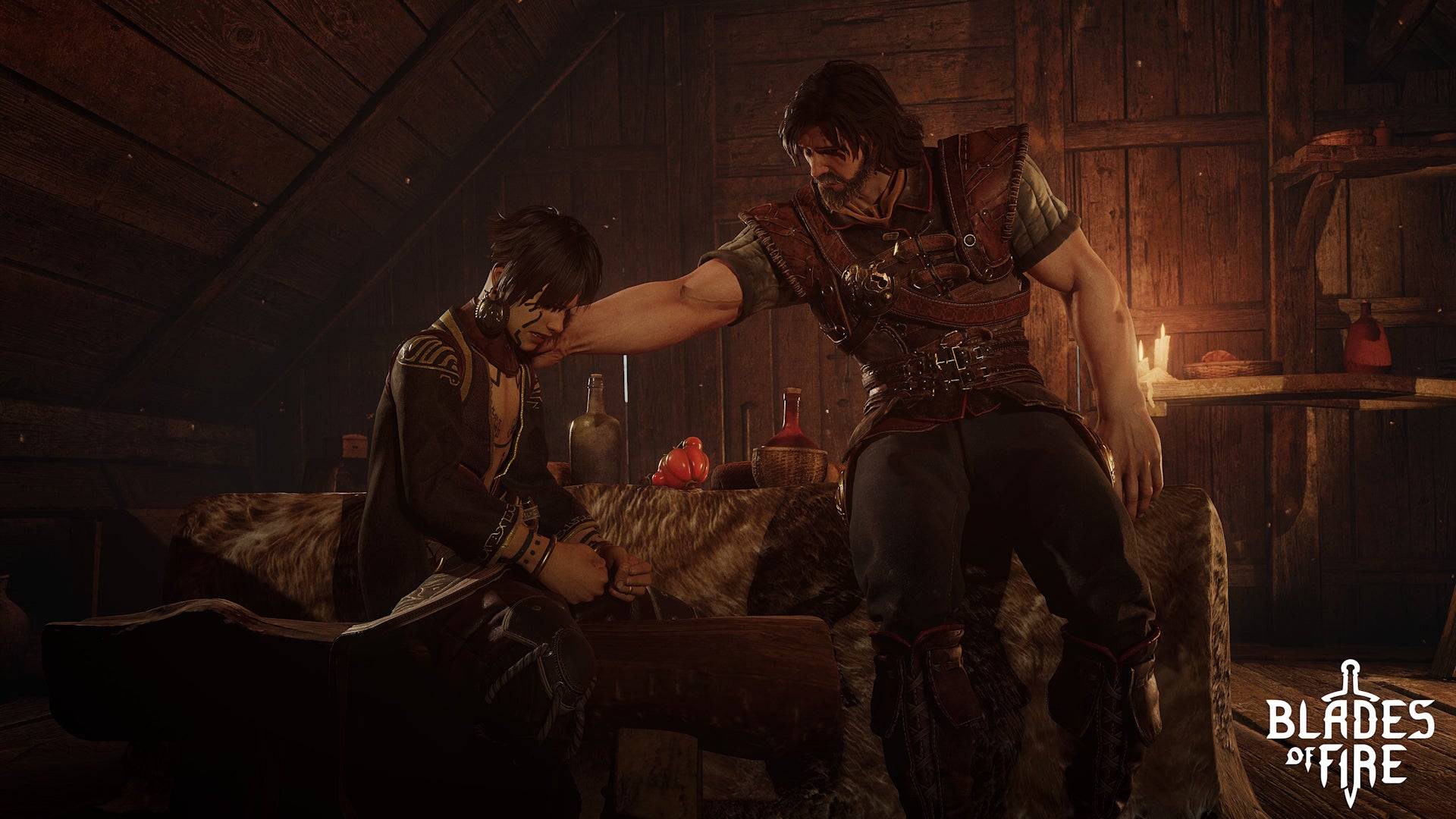
I have some concerns about the game's generic dark fantasy setting and the potential lack of enemy variety, having faced the same miniboss multiple times. However, the deep connection between the player and their forged weapons, combined with the combat's depth, has me intrigued. In an era where complex games like Elden Ring and Monster Hunter have captured mainstream audiences, Blades of Fire could offer something unique and fascinating to the genre.
Blades of Fire Screenshots

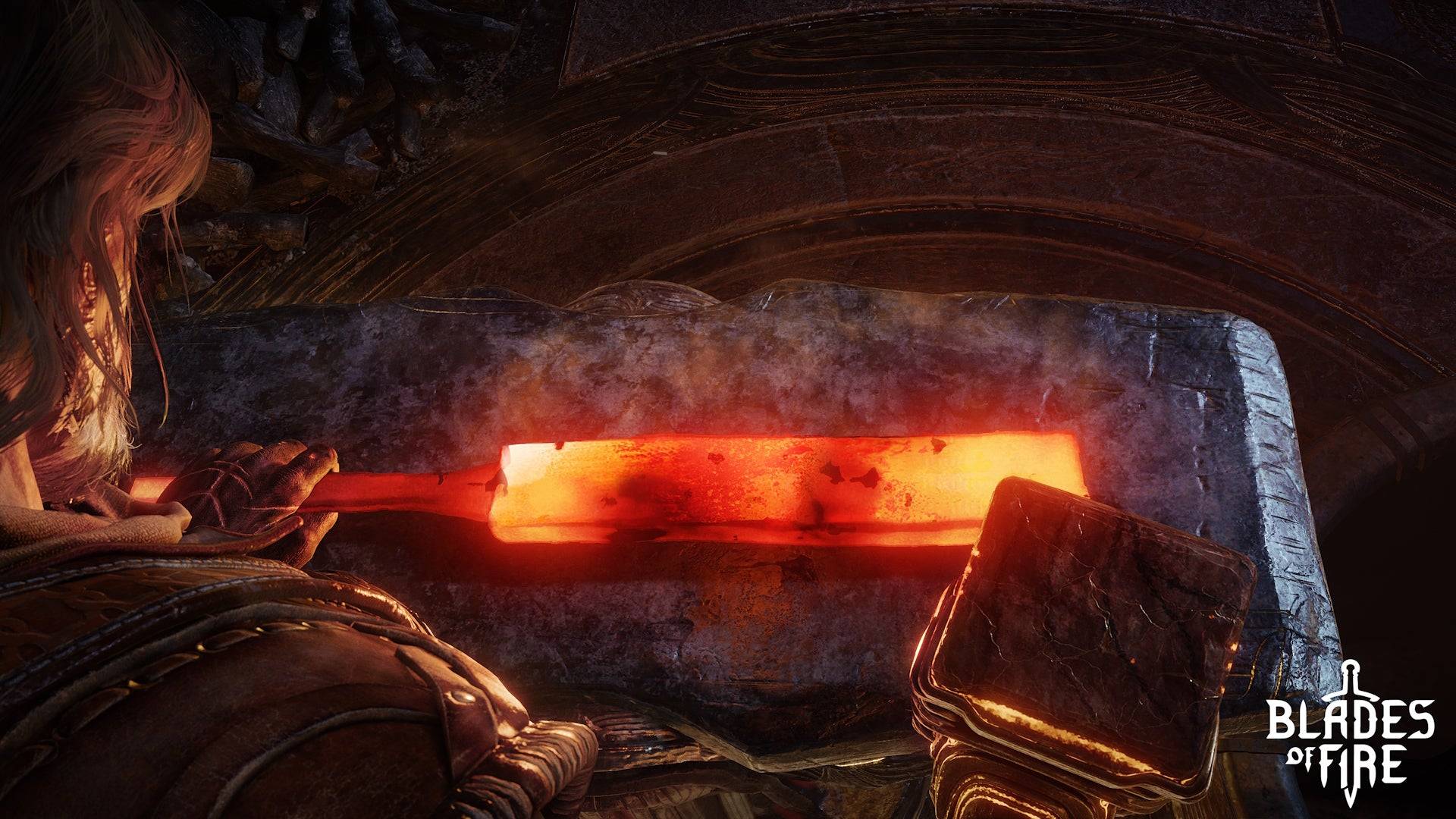 9 Images
9 Images
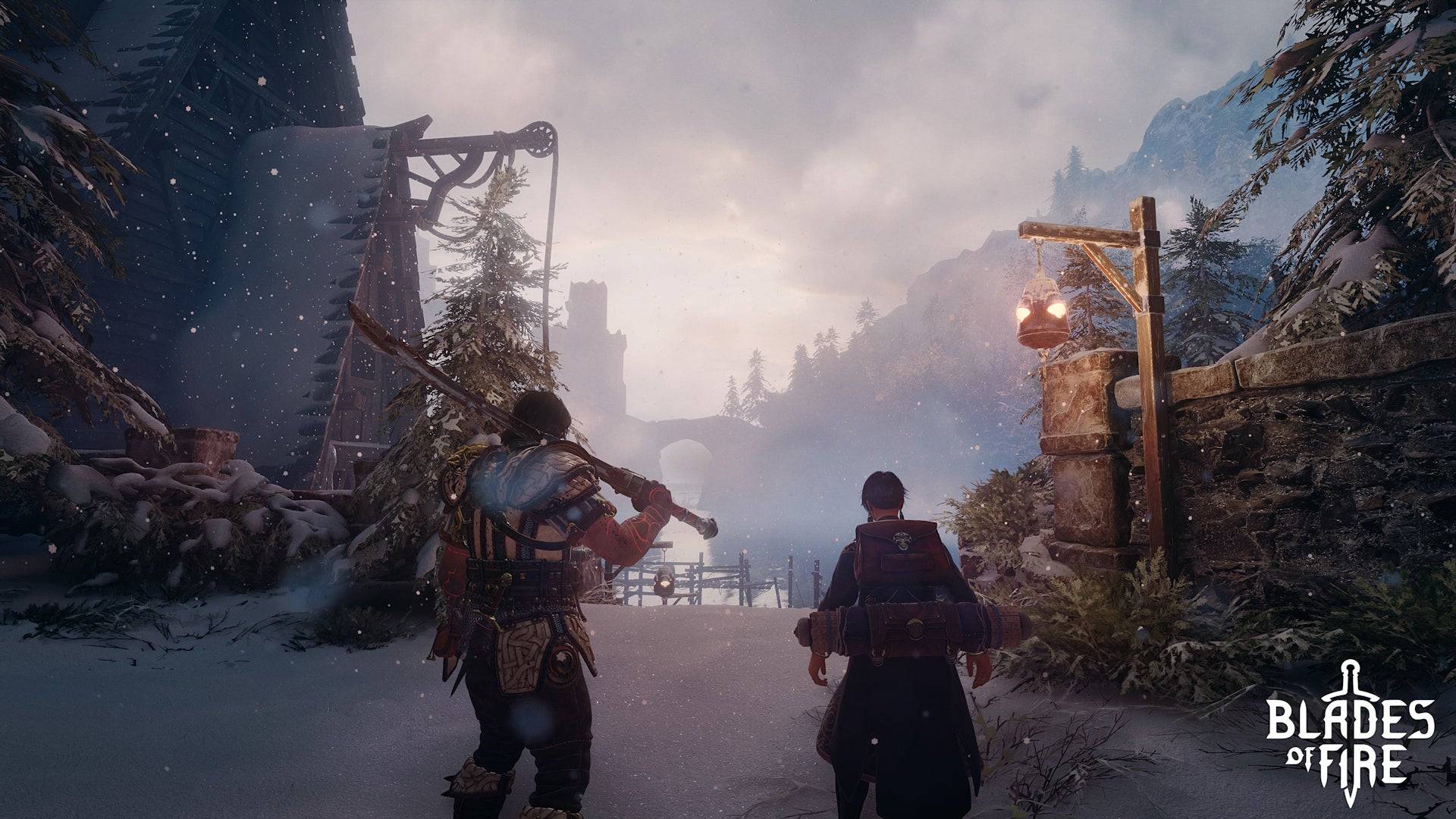
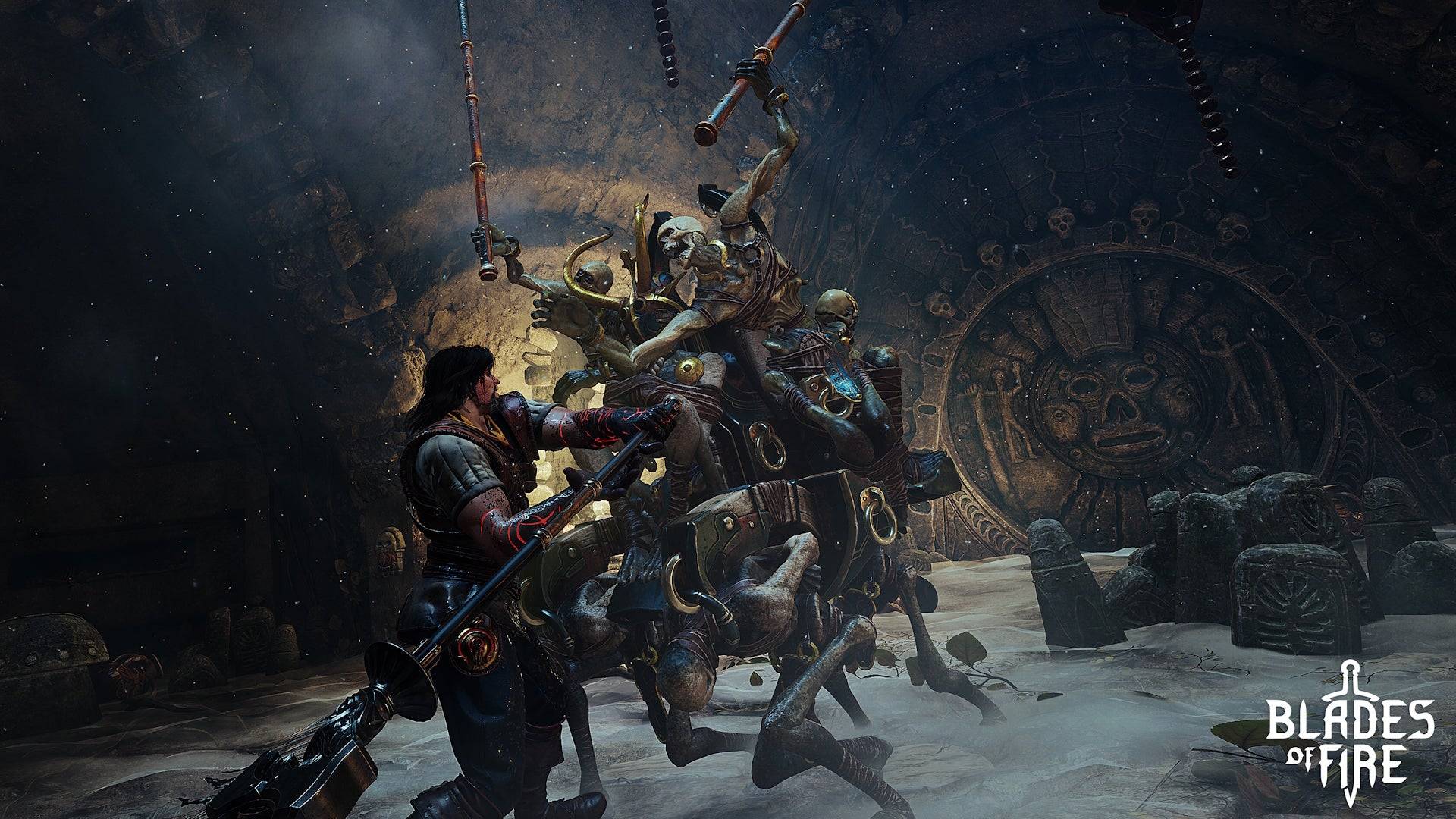
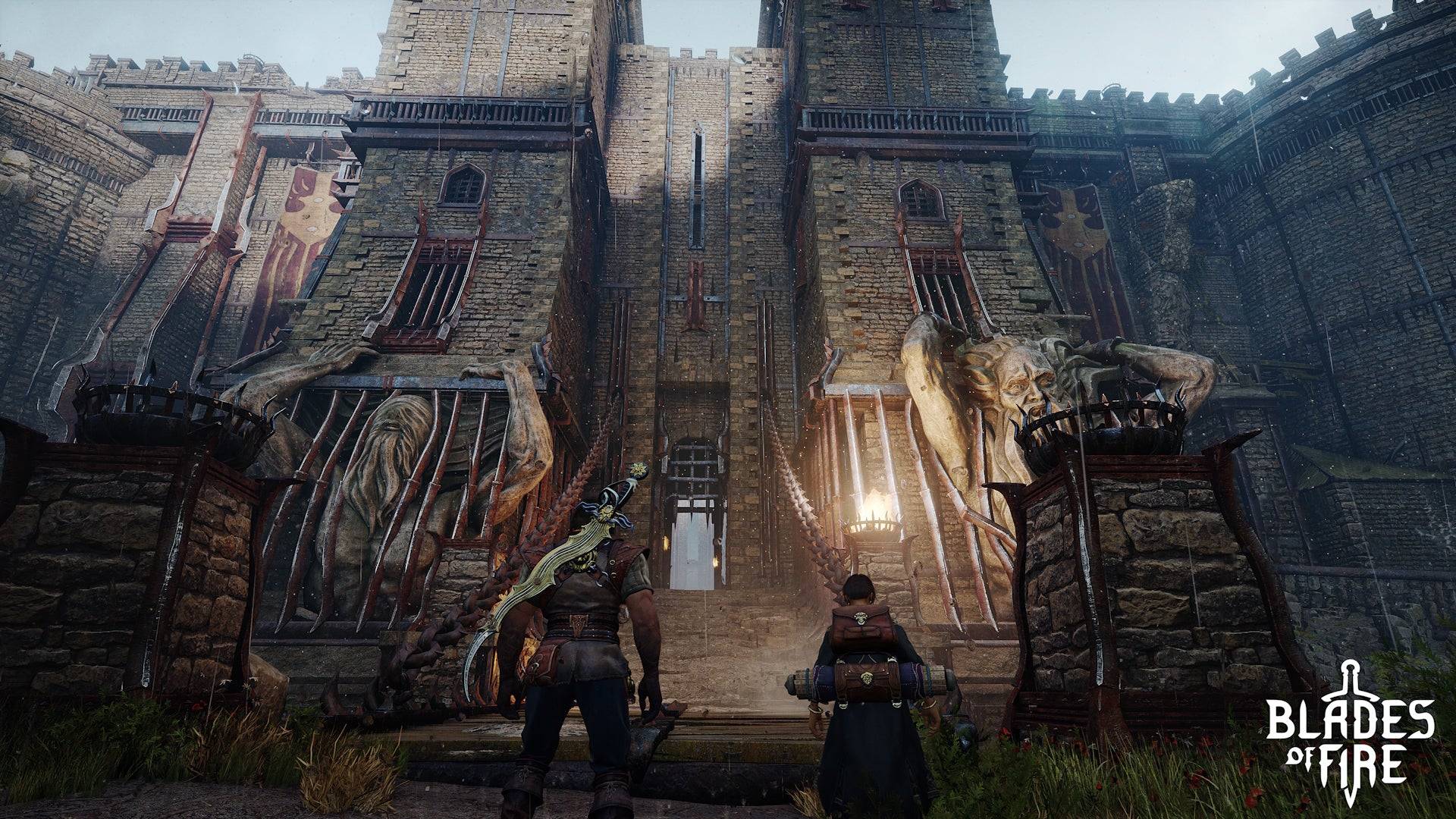
- 1 Silent Hill 2 Remake Confirms Xbox, Switch Release in 2025 Feb 08,2025
- 2 Connect Asus ROG Ally to TV or Monitor: Easy Guide Apr 06,2025
- 3 Dragon Soul Tier List: Ultimate Guide May 12,2025
- 4 "Persona Games and Spin-Offs: Complete Chronological List" Apr 09,2025
- 5 The Best Marvel Contest of Champions Tier List for 2025 Mar 19,2025
- 6 Fix 'Can't Connect to Host' Error in Ready or Not: Quick Solutions Jun 13,2025
- 7 Assassin's Creed Shadows: Max Level and Rank Cap Revealed Mar 27,2025
- 8 "Discover All Templar Locations in Assassin’s Creed Shadows - Spoiler Guide" Apr 04,2025
-
Top Arcade Classics and New Hits
A total of 10
-
Addictive Arcade Games for Mobile
A total of 10
-
Android Apps for Video Content Creation
A total of 10


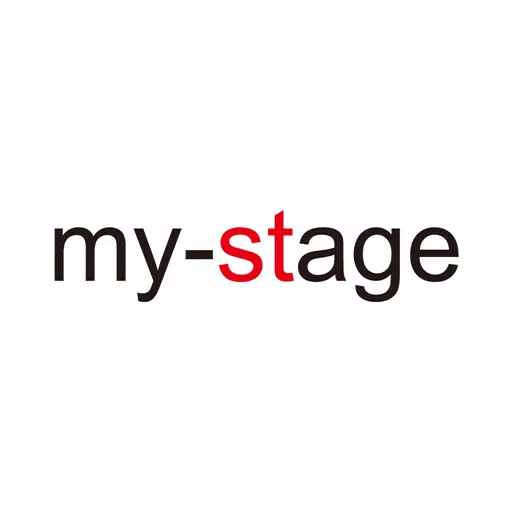









![Roblox Forsaken Characters Tier List [UPDATED] (2025)](https://img.actcv.com/uploads/18/17380116246797f3e8a8a39.jpg)



